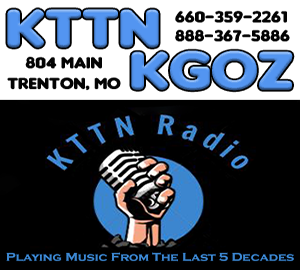The Missouri Department of Health and Senior Services released its 2018 Senior Food Insecurity Report– calling it the first of its kind in the nation. Ashley Byrd explains.
Hunger is a serious threat facing millions of seniors in the United States. In Missouri, as many as one in eight seniors are struggling from day to day to have a sufficient food supply. The percentage of older adults facing the threat of hunger is also known as the rate of senior food insecurity. The Missouri Department of Health and Senior Services (DHSS) released its 2018 Senior Food Insecurity Report. The first of its kind in the nation, this report is an in-depth state-level study and analysis of the factors contributing to senior hunger.
“Our goal in writing this report was to enumerate the trade-offs seniors often make that ultimately result in inadequate access to food, identify the costs associated with poorer health as a result of nutritional insufficiency and explain the impacts to our state when our seniors’ health fails from an inadequate or nutritionally deficient diet,” said Jessica Bax, Director of the Division of Senior and Disability Services for DHSS.
The Senior Food Insecurity Report illuminates the prevalence of senior food insecurity in the state and encourages community members, health professionals, public officials, and decision makers at all levels to come together and take a deeper look at the causes of senior hunger by highlighting potential solutions to address the growing prevalence of senior food insecurity.
The 2018 Missouri Senior Hunger Report features:
- The Landscape of Senior Food Insecurity: A synopsis of the overall key findings;
- Measurement: A summary of how food insecurity is measured in the United States;
- Frequency: A review of the prevalence of senior food insecurity at the national and statewide levels;
- Common Predictors: A description of the factors that contribute to increased risk of food insecurity;
- Impact: A discussion of the poor nutrition and health outcomes associated with food insecurity;
- Strategies and Trade-offs: An overview of the continual spending decisions that food insecure seniors often encounter;
- Food Assistance: An outline of the public and private nutritional assistance programs currently available to Missouri seniors;
- Opportunities: A list of proposed actions to help alleviate local senior food insecurity
Of the more than 1.3 million seniors in Missouri in 2015, roughly 170,000 grappled with not having regular access to food.
“Missouri seniors should not suffer from inadequate access to nutritious food,” said Dr. Randall Williams, DHSS Director. “Many opportunities to reduce food insecurity have been identified and detailed in this report. These recommendations would have a direct benefit on the health and well-being of our senior population.”
View the entire 2018 Senior Food Insecurity Report at health.mo.gov/SeniorHunger.






